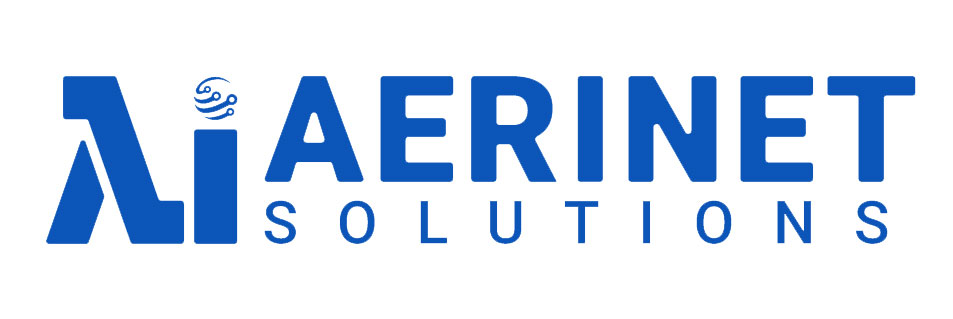In January 2020, Wheat Belt Public Power District, a 5,016-member utility headquartered in Sidney, Nebraska, became the 225th electric cooperative to become a user of the PwrMetrix reliability tracking and analysis tool from Aerinet. While viewing a demonstration of PwrMetrix functionality in late 2019, Wheat Belt CEO Tim Lindahl quickly recognized that the software could improve his decision-making and help his utility maintain quality service in a more cost-effective manner.
“I’m a firm believer in data analytics, it’s part of my background [in information technology]. As a small utility, the only way to survive the pressures we face is to become more efficient – and data is a key to that efficiency,” says Lindahl. “Small utilities have tended to fly by the seat of the pants – with a tool like this, we all can make better decisions.”
The first thing Lindahl noticed about the software was its use of graphical displays. “As a CEO, I don’t have time to dig into data looking for answers,” says Lindahl. “PwrMetrix made an immediate impression with its use of dashboards. Information about our system was presented in a format that is quick and easy to read. If there is another tool like this out on the market, I had not seen it.”
Wheat Belt found value in PwrMetrix’s core attributes: one, as a tool that can help utilities improve the process of calculating SAIDI (System Average Interruption Duration Index) and other reliability indices, and two, for the opportunity it provides to see how Wheat Belt’s reliability stacks up against other utilities.
“I feel that in the way we have historically been collecting and reporting on our outages, we’ve been missing key aspects that could make the information both more accurate and more valuable,” says Lindahl. He hopes that the use of PwrMetrix, which can digitally sort and report on meters by type of service, will resolve what he believes is a misrepresentation of his utility’s reliability. Wheat Belt serves slightly more than two meters per mile over a huge (3,600 square miles) and sparsely settled section of the Nebraska panhandle. A good portion of its services are irrigation pumps and stock wells. When winter storms sweep across the panhandle, Wheat Belt crews concentrate on first restoring power to homes. “We’ll get service restored to our residential accounts in 12 hours or less, and leave the irrigation sets and other seasonal accounts until later. But those still count as outage hours in the overall data and it reflects poorly on us in the reliability indices,” says Lindahl.
PwrMetrix supports a growing national reliability database for electric cooperatives (with detailed but anonymous data reported on each participating utility). This database allows co-ops to compare their reliability to other cooperatives by size and region. Lindahl sees similarities to the National Rural Utilities Cooperative Finance Corporation (CFC) key ratio trend analysis of financial health. “I really don’t care what my neighboring investor-owned utility is doing,” he says “but if I can get an apples-to-apples comparison to systems similar to us, our true peers, we can identify areas where we can improve.”
The first step for Wheat Belt was to work with Aerinet to “clean up” and standardize the data coming from its outage management system in order to integrate that data seamlessly into the PwrMetrix software. Once that was complete, the cooperative began running detailed reports on system operations, revealing in dashboard graphics a picture of performance at the individual feeder level.
Wheat Belt had been operating with some educated guesses about where and when outages affected the system. The initial reports began eliminating the guesswork by mapping out recent outage history in telling detail.
“Some of what has been identified we had an inkling about but this validates it,” says Lindahl. “We know we tend to see ice storms in April and we can now clearly see that outages are worse in April. The dashboards clearly validate our perceptions of which circuits, which substations, see the most problems.
“One thing that PwrMetrix has invalidated is a perception held by our Board of Directors that our reliability had decreased. Looking at the information we are now obtaining from PwrMetrix we can show that the actual trend is completely the opposite. It can seem like we are battling outages all the time. But when you normalize the major weather events we have been hit with, the data shows that the frequency of major outage events have gone down over time.”
Overall, Lindahl says “I like what I see [with PwrMetrix].” While he is happy to find “validation on what we’ve always thought”, the greater value may be in correcting misperceptions or shining a light on issues that were overlooked. “It may allow us to reverse course [in some areas] and make more prudent investments in future. This is just a tip of the iceberg in how we can use this tool. There is so much more potential. “I look forward to PwrMetrix incorporating use of artificial intelligence AI and to move into predictive analysis. But right away it is providing us with information we have not had easily available up until now.”


